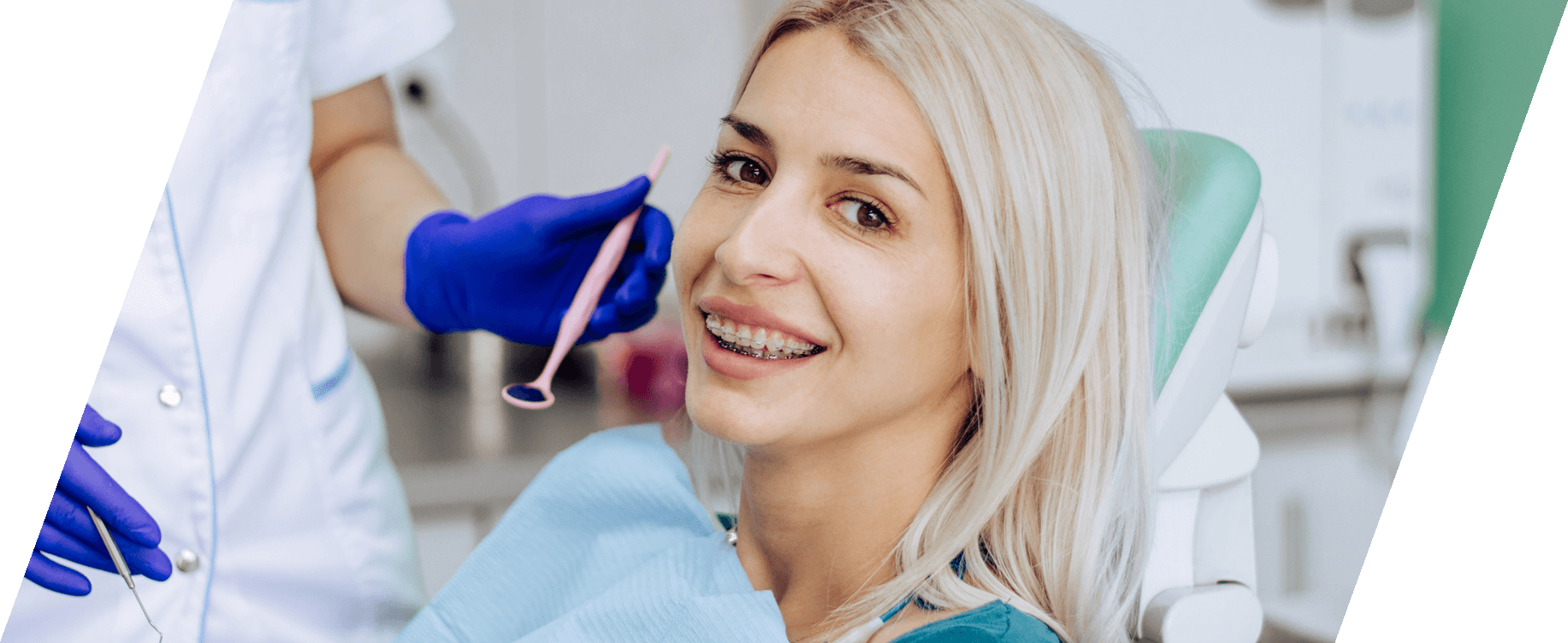Common Orthodontic Questions
The answer to this question should be: as soon as the child, parent or general dentist shows any concern regarding the esthetics and function of the teeth or growth and development of the child.
The American Association of Orthodontists recommends a child first be evaluated by the age of 7. This allows Dr. Spannhake to monitor dental development and skeletal growth. Proper eruption sequence, space analysis, profile and smile characteristics are noted. Most often no treatment is indicated. It is comforting to know that everything is OK.
Sometimes it is necessary to initiate a short phase of interceptive care in order to redirect undesirable growth or create space for unerupted teeth. Radiographs (x-rays) and other study materials may be needed to decide upon the best mode of treatment. Sitting together and discussing your child’s orthodontic needs will answer questions as to the options available, the benefits of total care, the risks of delaying treatment and the expected outcome.
We make great efforts to educate your family towards an understanding of our goals for treatment. You will feel confident that your child is being cared for in the best possible manner. Whether the patient is 7 or 70 we strive to make the experience a positive one. New patient examinations, as well as follow up visits, are at no charge to you. Your child may need to be re-evaluated once or twice per year. You are welcome to visit as needed.
Interceptive orthodontic care is one of the most rewarding treatment options that we offer to our patients. Interceptive care is exactly that, intercepting a problem before it gets out of hand. Treatment occurs at a younger age than conventional orthodontic care and is not typically as long either. The idea is to shift teeth, manipulate growth, create space for unerupted teeth, break habits and prevent trauma before it is too late. Children between ages 7 and 10 are best suited for this sort of treatment. They are flexible, compliant and their growth potential is still maximum. Treatment usually lasts 4 to 12 months after which the child is monitored and the decision as to the need for a second phase is made. Most children will require a second, more comprehensive, phase of treatment in order to create a completely stable, functional and esthetic occlusion.
The primary reasons for considering interceptive care are as follows:
- To prevent improper growth of the jaws that may be causing an underbite, an overbite, crossbite or shifting bite.
- To eliminate a destructive habit such as thumb/finger sucking or tongue thrusting.
- To reposition one or more teeth that are occluding in such a way that they are damaging the enamel of the other teeth.
- To prevent trauma to teeth that are too far forward. This is especially true of the athletically inclined.
- To reposition teeth that are cosmetically poor and the risk of peer ridicule and low self-esteem is great.
Interceptive care allows us to treat the patient most successfully: the best smile, facial profile, and the most stable final results.
It is truly never too late. If you’ve still got teeth, we can straighten them! Certainly there are age-related changes that affect the way treatment proceeds. Restorative needs, periodontal concerns and others necessitate a full diagnosis and discussion of your needs. Don’t wait! Enjoy the benefits of a healthy, pleasing smile for the rest of your life!





